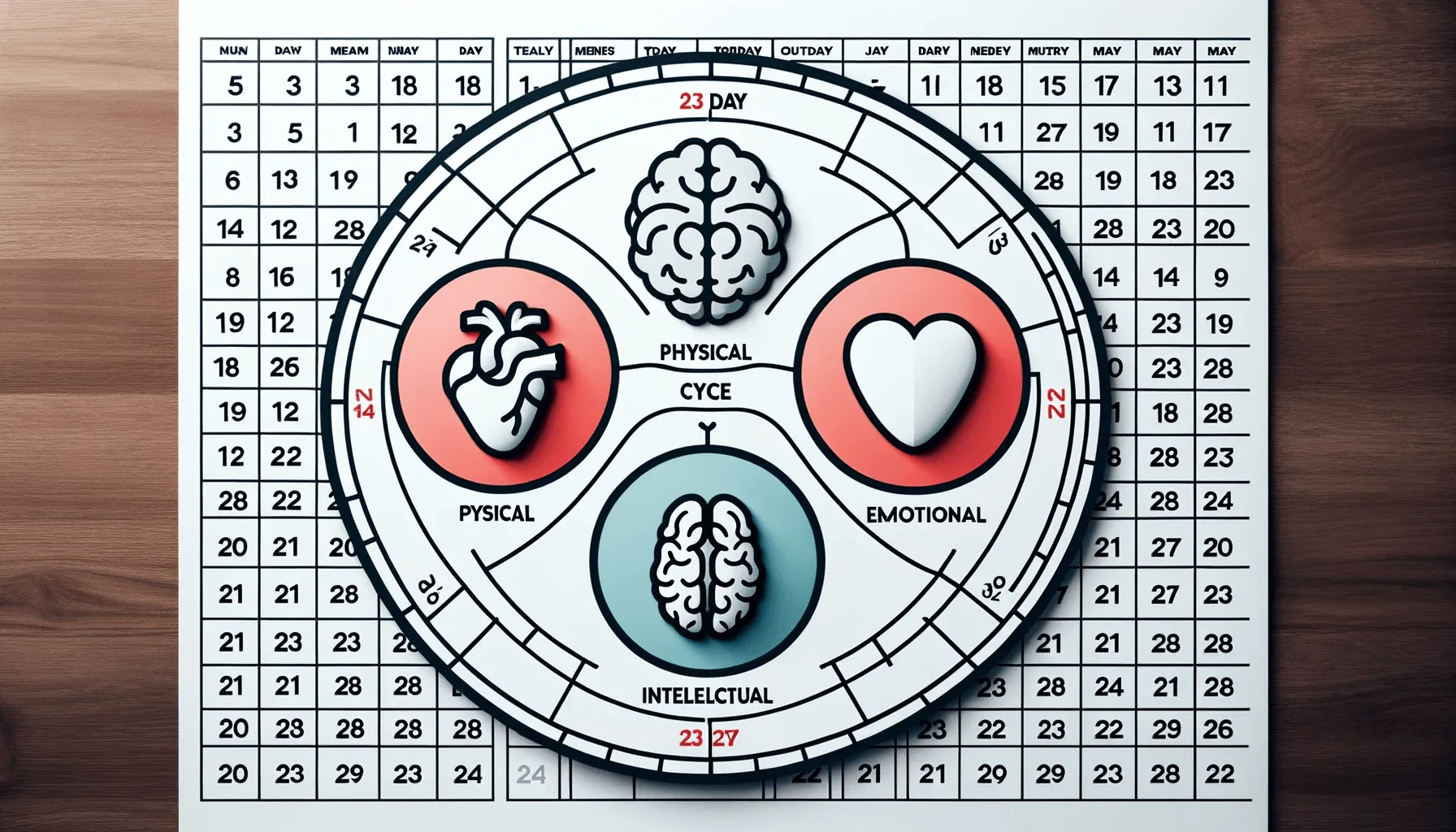
Biorhythms In Our Daily Life
At the heart of our daily experiences lies a fascinating concept: biorhythms. These are proposed inherent cycles believed to influence our physical, emotional, and intellectual states. Born from early 20th-century theories, biorhythms have since permeated various aspects of our lives, from personal introspection to technological tools. But how do these rhythms interplay with our day-to-day activities?
article by Adrian Wallace
Recognizing The Cycles
Biorhythmic theory classifies our experiences into three predominant cycles: the 23-day physical cycle, the 28-day emotional cycle, and the 33-day intellectual cycle. If you've ever had days where you felt physically invigorated, emotionally balanced, or mentally sharp, you might have been experiencing a peak in one of these cycles. Conversely, feeling drained, moody, or foggy might indicate a trough.

Influences On Work & Productivity
Many professionals and students alike have tried to harness the power of biorhythms to optimize their work. On days when one's intellectual cycle peaks, tasks that require deep thinking or strategizing might feel more manageable. Physical highs could be ideal for manual labor or intense workouts. Understanding these cycles could potentially lead to better work-life synchronization.
Navigating Personal Relationships
Emotional cycles, as suggested by biorhythmic theory, can play a role in how we relate to others. Being aware of one's emotional highs and lows can aid in communication, empathy, and understanding in personal relationships. While it's essential not to solely blame biorhythms for every emotional ebb and flow, some find solace in recognizing these patterns.

Biorhythms & Leisure
Even in our moments of leisure and relaxation, biorhythms might play a part. Those who track their cycles might choose to engage in calming activities during emotional troughs or take on challenging puzzles during intellectual highs. It becomes a dance of aligning activities with one's perceived strengths at any given time.
Technology's Role In Tracking
With the rise of digital technology, numerous apps and platforms now offer biorhythm tracking. By simply inputting one's birth date, these tools provide visual charts outlining the various cycles. For those keen on integrating biorhythmic insights into their daily lives, these tools offer a convenient gateway.

A Personal Journey Of Exploration
While the scientific community continues to debate the empirical validity of biorhythms, their impact on daily life for many is undeniable. Whether it's a genuine influence or a placebo effect, if tracking and understanding biorhythms enhance one's quality of life, the exploration is worthwhile. After all, life is a blend of science, belief, and personal experiences.
Published: 10/19/2023
Modified: 10/23/2023
More predictions
Come back here soon to learn more about yourself and your future





